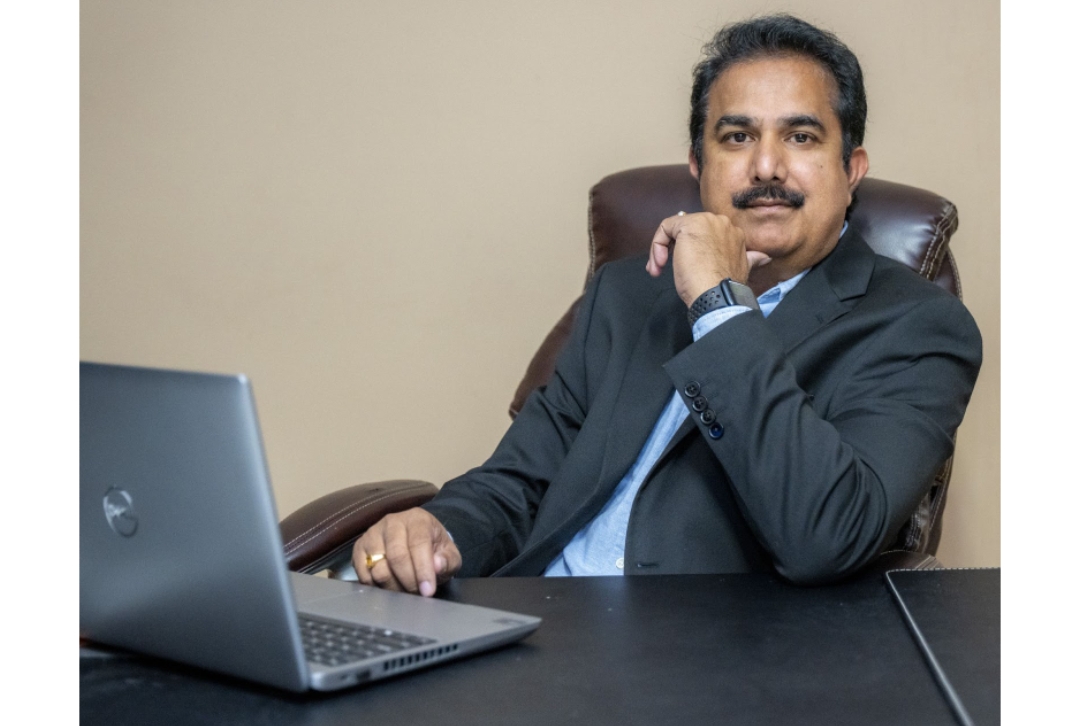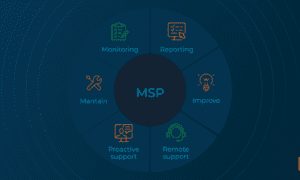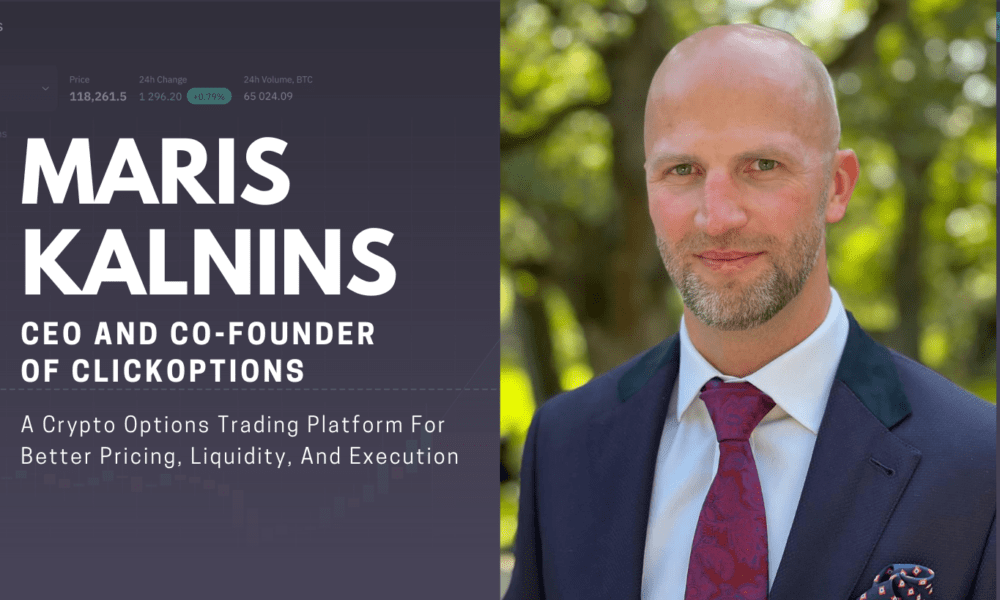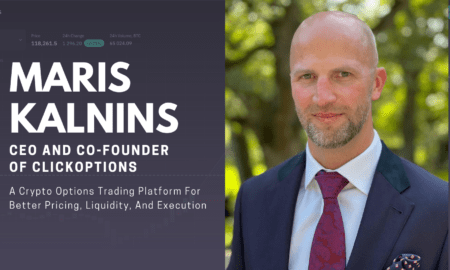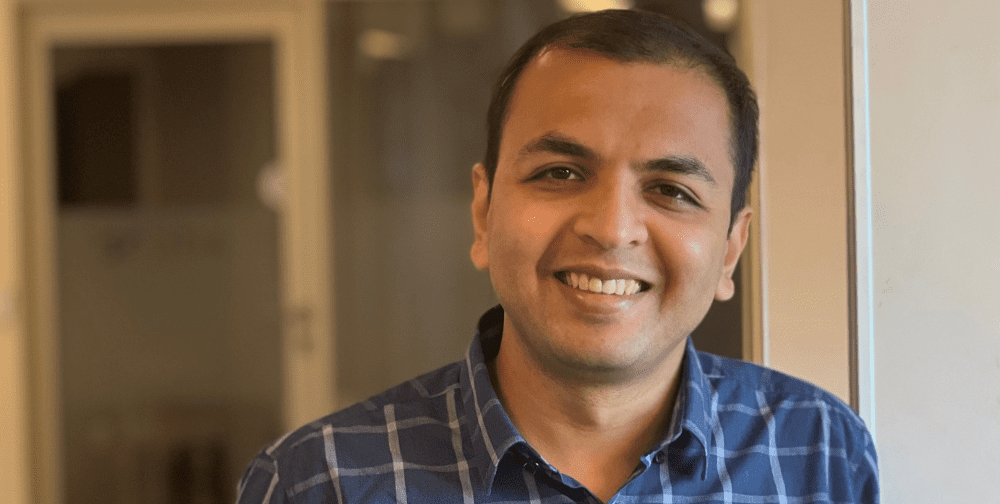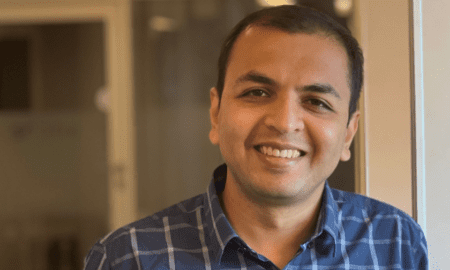As cloud computing cements itself as the backbone of modern digital infrastructure, the conversation around cybersecurity is shifting. No longer confined to perimeter defense or siloed risk assessments, today’s security strategies must be scalable, dynamic, and integrated at every layer of software development. In this evolving landscape, the fusion of DevOps, AI, and cloud-native technologies is transforming how organizations anticipate threats and defend data.
At the heart of this transformation is a new generation of engineers who blend technical depth with security-first thinking. Among them is Venkat Gogineni, an expert cloud computing and cybersecurity expert whose work bridges secure architecture and scalable cloud innovation. A paper reviewer at the Seventh International Conference on Futuristic Trends in Networking and Computing Technologies, Gogineni is part of a growing global community helping to define the next chapter in secure cloud computing.
Rethinking Cloud Security in the DevOps World
As development cycles accelerate and infrastructure becomes increasingly abstracted, traditional security models are proving insufficient. Gogineni’s scholarly paper, Integrating DevOps Practices with AWS for Scalable Web-Based Application Development, lays out a framework for embedding security into the fabric of development itself—from infrastructure as code to automated threat detection in CI/CD pipelines.
“Security has to be part of the build, not just a checklist at the end,” Gogineni emphasizes. “In the cloud, especially with AWS and other dynamic environments, real-time monitoring and scalable response are just as important as robust initial design.”
This philosophy—security as a continuous process, not a fixed layer—has guided his work designing resilient web-based architectures and cloud-native platforms. By integrating DevOps principles with AWS-native tools, Gogineni has helped organizations build applications that scale reliably without compromising on compliance or data integrity.
Closing Gaps with Scalable, Intelligent Infrastructure
Gogineni’s expertise also lies in aligning security with scalability—two goals that are often treated as tradeoffs. Through his leadership on various enterprise cloud migration initiatives, he’s implemented solutions that incorporate both real-time threat detection and elastic infrastructure provisioning.
Cloud computing may offer unmatched flexibility, but it also expands the threat surface. “Attackers exploit the very things that make the cloud powerful—its openness and speed,” Gogineni explains. That’s why modern platforms must go beyond reactive defense. He advocates for proactive approaches like behavior-based anomaly detection, automated patching, and serverless security protocols that evolve alongside cloud deployments.
This forward-looking mindset has made him a respected contributor to academic and professional communities focused on secure software systems. His technical reviews for international conferences reflect not just his subject matter expertise, but his commitment to advancing best practices for the broader cloud ecosystem.
Building the Future of Cyber-Resilient Cloud Architecture
As cyber threats grow more sophisticated and regulatory scrutiny intensifies, the burden on cloud infrastructure teams will only increase. The future belongs to engineers and architects who can build fast—and build secure.
Leaders like Venkat Gogineni exemplify what that future looks like: a convergence of technical excellence, continuous integration, and a deeply embedded security mindset. His involvement in global forums like the Globee Awards for Cybersecurity and peer-reviewed research platforms highlights a broader trend—where cybersecurity is no longer a specialization, but a core pillar of scalable, modern development.
“Security isn’t a barrier to innovation,” Gogineni says. “It’s what allows innovation to thrive safely at scale.”
In the cloud space, where agility and resilience must go hand in hand, that may be the most important innovation of all.

